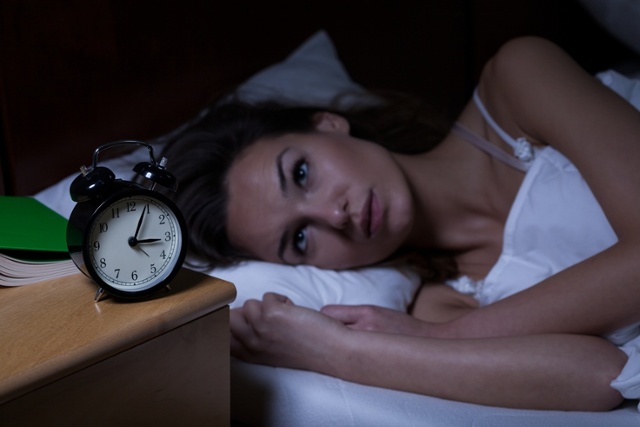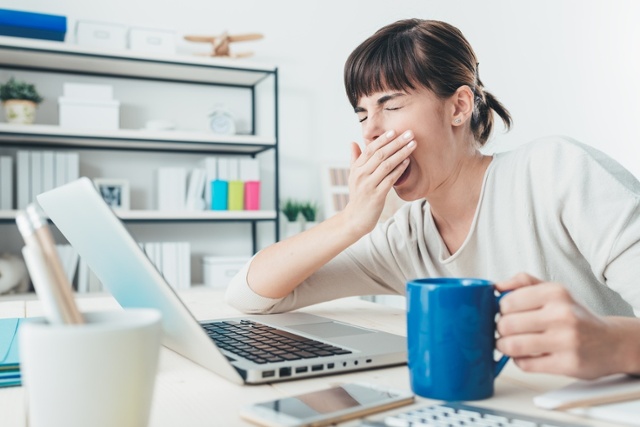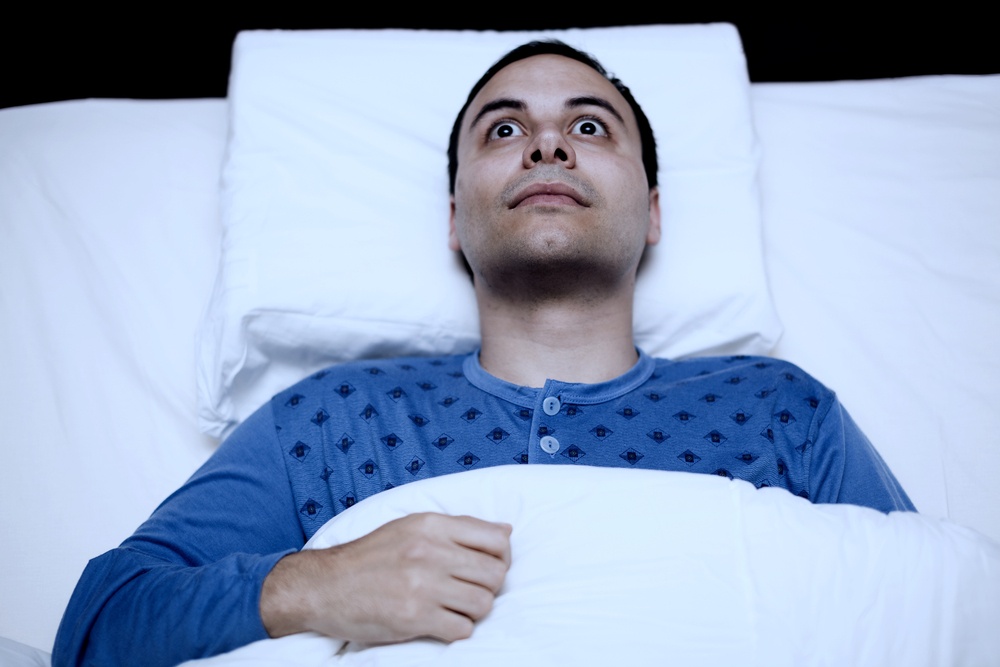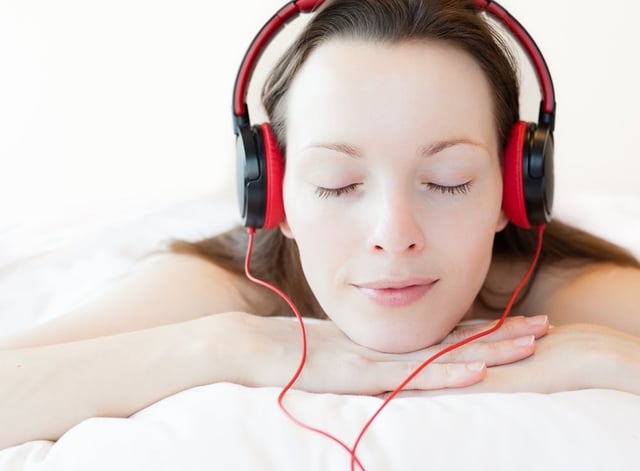SteamTherapy and Sleep
Do you have trouble falling asleep and staying asleep? According to the National Sleep Foundation, you’re not alone:
- As many as 30 to 40 percent of adults suffer from insomnia, an inability to fall or stay asleep.
- About 10 to 15 percent of people suffer from chronic insomnia, finding it hard to get enough rest a few times a week, or even nightly.
The National Sleep Foundation recommends seven to nine hours of sleep a night. Are you managing that? Or are you one of the average Americans who only logs about six or seven? Or even less?
Why does sleep deprivation matter?
Sleep deprivation can create long-reaching health and quality of life issues. It can raise the risk of high blood pressure, depression and weight gain, and up your chances of diabetes and heart disease while lowering your immunity to disease.

And you may be hurting more than yourself when you lack sleep. A study found that when you’re short on slumber, you’re more likely to:
- Overreact to minor incidents
- Feel higher acute levels of stress
- Get angry and upset
If your family and friends are beginning to avoid you after a poor night’s sleep, it’s probably time to take some steps.
So why can’t we sleep?
You might start by blaming our own willingness to sacrifice sleep in exchange for long hours of work and even play. Americans think of sleep as a luxury, something they can catch up on after they’ve finished the big project or binge watched their favorite show.

And when we finally do lie down to sleep, our minds refuse to listen. They continue to race over our problems, the things we left undone or wished we’d said during the day, and even the good things that happened to us – making us toss and turn and stare at the clock in despair.
So how do we catch those zzz’s?
Experts explain that insomnia can often be addressed through lifestyle and environmental changes. So before you reach for that bottle of sleeping pills, you probably want to try some gentle tweaks to how you approach sleep.
And here’s where SteamTherapy can help.
Four SteamTherapy tips for better sleep
1. Unwind with steam when you get home.
Give yourself time to breathe – possibly even to meditate – before attacking the bills, the pile of laundry, the clamor of the kids. Making that transition from your work day with even just five minutes of “me” time can work wonders. Drink some tea or just sit somewhere quiet.
A steam shower is a perfect antidote to that stressful day, and can help you face whatever awaits you at home. And of course your spa sanctuary is a wonderful spot to decompress, because no one will bother you in there!

And if you really can’t get to the steam shower as soon as you get home, slipping into the steam as an essential part of your bedtime routine can also make all the difference.
>> See Dear MrSteam: How My Steam Shower Changed My Life
2. Use aromatherapy – especially lavender – to relax.
The calming qualities of lavender can help quell anxiety and prepare you for a restful night of sleep. It can even promote deeper, more restorative sleep, helping you to wake up ready to face the next day. A few drops of Lavender Essential Oil into your bath or your steam shower may be all it might take!

In addition, MrSteam’s Chakra Oils also have calming qualities, especially Green Harmony and Violet Nirvana. Using these can help you restore that sense of perspective and balance needed for a good night’s repose.
>> See Feeling Down? Try Mr.Steam Chakras and Aromatherapy for Sensual Bliss
>> See How To Add AromaTherapy To Your Steam Shower To Invigorate Mind And Body
>> See SteamTherapy Chakra AromaTherapy Guide
3. Use soft, soothing music to help you unwind.
Research has shown that people – particularly older individuals – who listen to calming music before going to bed have improved their quality of repose. Adding MusicTherapy in your steam shower allows you to select a relaxing track of music, including any of your digital music files or wireless Internet radio. Or you might consider nature sounds or even a meditation tape to help you de-stress and prepare to rest.
>> See Why Music and SteamTherapy Belong Together
4. Develop a "go to sleep" routine
Having a “go to sleep” routine helps both mind and body recognize that it’s time for bed. Realizing that you can’t simply go directly to sleep after a stressful day – or evening – is key here. You need to give yourself time to power down.
Sleep expert and clinical psychologist Michael Breus, PhD, author of The Sleep Doctor’s Diet Plan recommends a three-step routine that he calls the “power-down hour:”
- Spend 20 minutes finishing any necessary chores that absolutely have to get done before you turn in.
- Spend 20 minutes preparing for bed, including brushing your teeth and any beauty restorative routines. This might well include using TALA® Bath and Body products, especially the Bath and Body Face Cream. Just massaging this restorative cream into your face and body – aside from enormous beauty benefits it offers – can also indicate to your mind and body that you’re just about ready to go to sleep.
- Spend 20 minutes lying quietly in bed and meditating, focusing on the rhythm of your breathing and dismissing any negative or too-busy thoughts. While we still don’t know the science of why it works, meditation sends signals to your sympathetic nervous system's "fight or flight" response telling it that it’s all right to relax.

>> See 14 Sleep Benefits and 8 Steam Therapy Tips for Better Sleep
Ready to add SteamTherapy to your sleep routine?
There are, of course, other things you can do to get a good night’s sleep, including changes to your diet, drinking warm milk, and making sure you get enough exercise during the day.
If your sleep troubles persist, you certainly may want to consult your doctor. But clearly, the various physical and mental benefits that SteamTherapy offers can work wonders in making sure you improve your health and well-being by getting that good night’s sleep!

 SEARCH
SEARCH
 FIND A DEALER
FIND A DEALER








